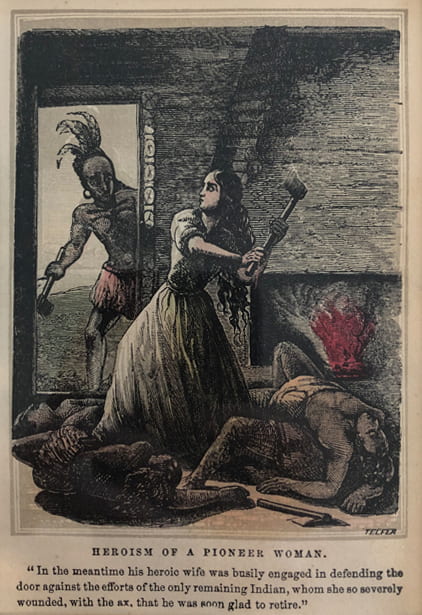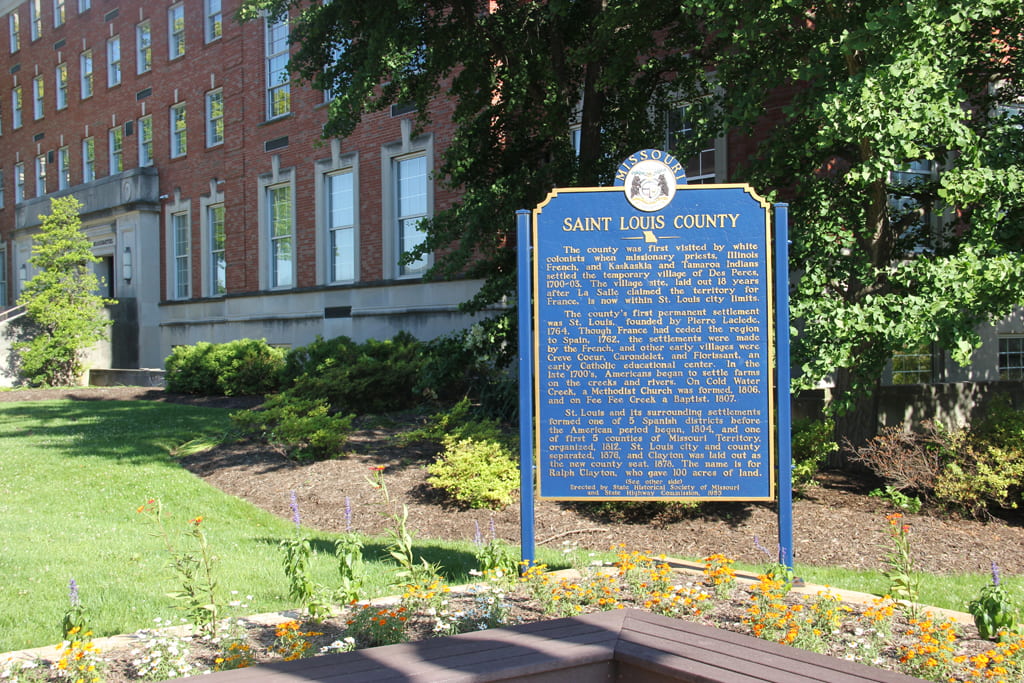Representations of a related and longer-run racial project, where constructions of “racial threat” seek to legitimize genocidal violence against American Indians, similarly map the presence of the past. The grouping near the gallery entrance features Hock E Aye Vi Edgar Heap of Birds’s protest work Telling Many Magpies, Telling Black Wolf, Telling Hachivi (1989), critiquing racist stereotypes and the appropriation of Native American culture. Accompanying are the illustrative caricatures (white and Indian) of Henry Howe and Robert Telfer’s Heroism of a Pioneer Woman (1860) and a present-day paean to Manifest Destiny, the Saint Louis County historical marker memorializing white settler colonialism. Erected in 1955, a year after Thurgood Marshall and his colleagues technically prevailed in Brown v. Board of Education (US schools remain segregated to this day), the marker stands today outside the county police headquarters, defining the jurisdiction as a white place, compromising equal protection.
Image credits:
Hock E Aye Vi Edgar Heap of Birds (Native American, b. 1954), Telling Many Magpies, Telling Black Wolf, Telling Hachivi, 1989. Screen print on 2 joined sheets, 5/50, 72 1/2 x 45″. Mildred Lane Kemper Art Museum, Washington University in St. Louis, University purchase, 1992.
Henry Howe (American, 1816–1893) and Robert Telfer (American, 1825–1868), Heroism of a Pioneer Woman, from The Great West, published c. 1857–60. Hand-colored engraving, 4 1/2 x 3 3/8″. James E. and Joan Singer Schiele Print Collection, Rare Book Collections, Washington University in St. Louis.
Saint Louis County marker outside St. Louis County Police Department building, Clayton, Missouri, erected in 1955 by the State Historical Society of Missouri and State Highway Commission. Photograph courtesy of Geoff Ward, 2019. Transcription >>


